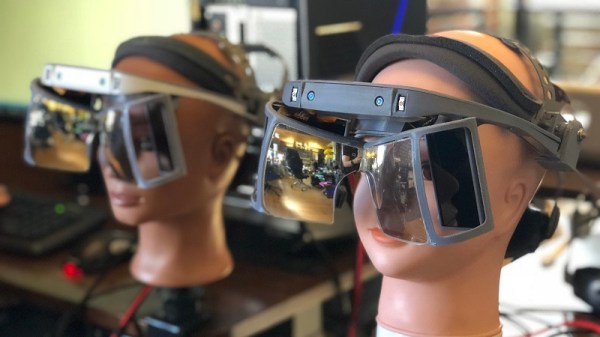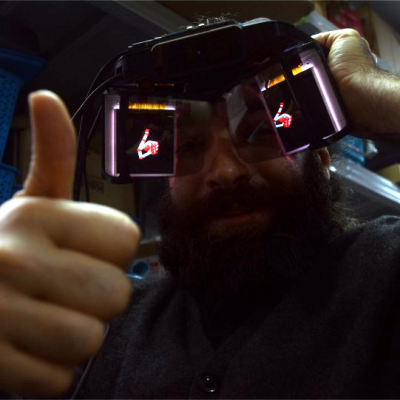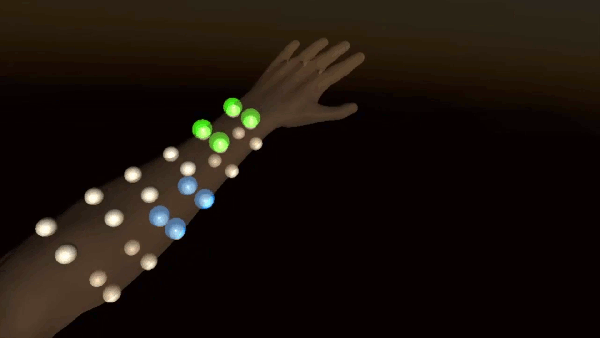Most glasses and sunglasses on the market make use of metal or plastic frames. It’s relatively easy to create all manner of interesting frame geometries, tolerances can be easily controlled for fitting optical elements, and they’re robust materials that can withstand daily use. Wood falls short on all of these measures, but that doesn’t mean you can’t use it to make a beautiful pair of glasses.
ZYLO is a company making wooden eyewear, and this video from [Paide] shows the build process in detail. Modern tools are used to make things as efficient as possible. Parts are lasercut and engraved to form the main part of the frames as well as the temples (the arms that sit over the ears to hold them on your face). A special jig is used to impart a curve on the laminated wood parts before further assembly is undertaken. Metal pre-fabricated hinges and screws are used to bolt everything together like most other modern sunglasses, but there’s significant hand finishing involved, including delicate inlays and highlighting logo features.
In contrast, Manuel Arroyave works very differently in the creation of his Cedoro glasses. Sheets are first laminated together, before the shape is roughed out by a special horizontal axis milling setup. Even small details like the hinges are delicately hand-crafted out of wood and fitted with tiny wooden dowels.
It goes to show that there’s always more than one way to get a job done. We’re tempted to break out the laser cutter and get started on some custom shades ourselves. Perhaps though, you’re too tired to put your sunglasses on by yourself? Nevermind, there’s a solution for that, too. Video after the break.





 A serious setback to the aspiring AR hacker has been the fact that while the design is open, the lenses absolutely are not off the shelf components. [Smart Prototyping] aims to change that, and recently announced in a blog post
A serious setback to the aspiring AR hacker has been the fact that while the design is open, the lenses absolutely are not off the shelf components. [Smart Prototyping] aims to change that, and recently announced in a blog post 












